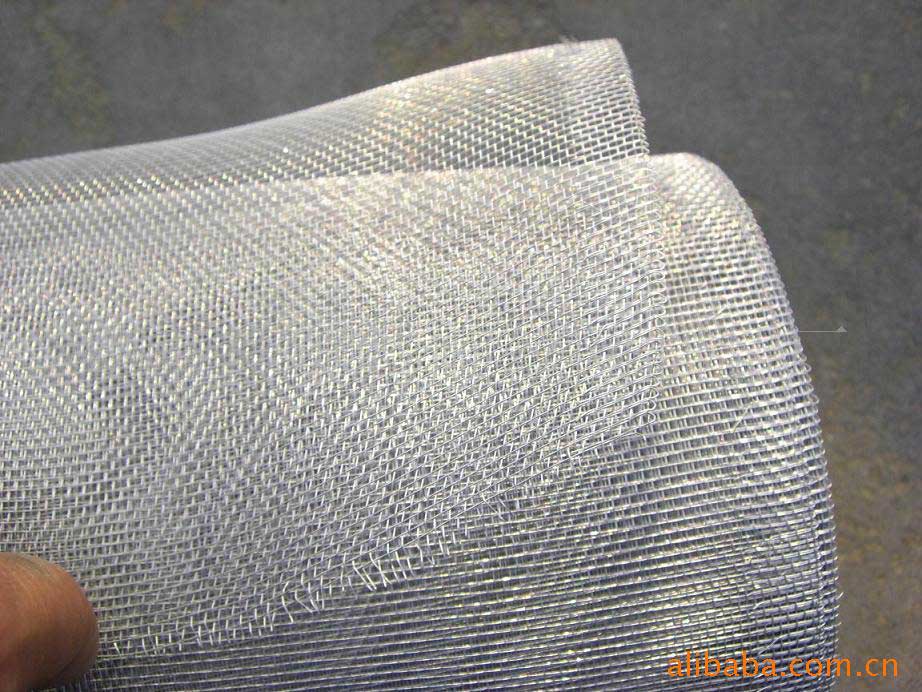Ventilation is an important part of any structure, particularly a home. Ventilation primarily accomplishes energy efficiency improvement and are required. There is also a benefit by keeping moisture down to reduce mold and mildew. In basements and under homes ventilation can prevent the pooling of dangerous gasses and other undesirable airborne contaminants.

Hardening Your Home & Vents
To harden your home, you have to address your ventilation to make sure that embers cannot enter your structure. This is one of the best investments your can make.
Completely closing vents may not always be possible during a wildfire nearby your home. So think in terms of preventing embers from entering your home or structure.
Net Free Area of Ventilation
When hardening your home regarding ventilation is that you need 1/8″ mesh or smaller, preferably 1/16″. This presents a challenge. The smaller the mesh, the less air flows.
Where the air flows is known as “net free area”, the area not blocked by the mesh or “netting”. Logically enough, smaller mesh has less net free area.
More from Attic Breeze Solar Powered Ventilation:
What is Net Free Area?
Net free area is a term used to describe the amount of ventilation space available in any type of vent that may be used to freely pass air flow. This is essentially the empty spaces you see in the installed screens and louvers on most passive vents. As the screen mesh size decreases, net free area decreases as well and air flow through the vent becomes more difficult. As a general rule, screen mesh sizes of ¼” mesh and larger have a negligible effect on net free area air intake ventilation. The chart below shows the effect of screen size and obstructions on net free area for various types of soffit vent designs.
According to Attic Breeze, 1/6th inch mesh has a net free area of 50 percent. That is if the vent is in the clear, without louvers. 1/8th inch mesh has a net free area of 80 percent. 1/4″ and up 100%. According to the Berkeley Fire Center Builders Wildfire Mitigation Guide:
1/4 inch mesh has a net free area of of 81%. 1/8” and 1/16” mesh screen have net free areas of 75% and 71%, respectively. Screening with smaller openings uses smaller diameter wire.
As you can see, making your vents fire wise can reduce your effective venting by fifty percent to eighty percent or more.
For new construction you’ll want to use 1/16th inch mesh and calculate the net free area required accordingly. For existing homes the same is recommended.
Here is the net free area mathematical formula for those interested. Click for more calculators from Google. Click for mesh scale at Wiki.
Keep Your Vents Clean
This may seem obvious, but dirt and grime can build up on vents. This will further reduce their net free area.
Be sure to check and clean all of your vents twice a year so the remain able to do their job.
The added benefit is that vents can trap combustible material so cleaning them is an easy firewise thing to do.
1/16 Wire Cloth
You’ll find that standard eave vents mesh is typically 1/8th inch to 1/4 inch.
In order to get a finer screen, you will probably have to use wire cloth used in window screens and doors.
While you are at it, change out your window screens to all metal!
If you aren’t up for installing new mesh in your vents, then realize the trade offs, keep them clean and consider installing vent covers that can be closed over them instead.
Conclusion
Most of us will be hardening existing homes. Keep in mind the impact of reducing mesh size on your ventilation performance.
Balancing the needs of efficiency and ventilation with that of being fire wise is something you’ll have to decide for yourself.
Firewise Madera County always recommends that being fire wise is your top priority, after preparing to evacuate. Saving lives and property from wildfire comes first. If you can, increase your total vent area as needed to accommodate the best of both worlds.